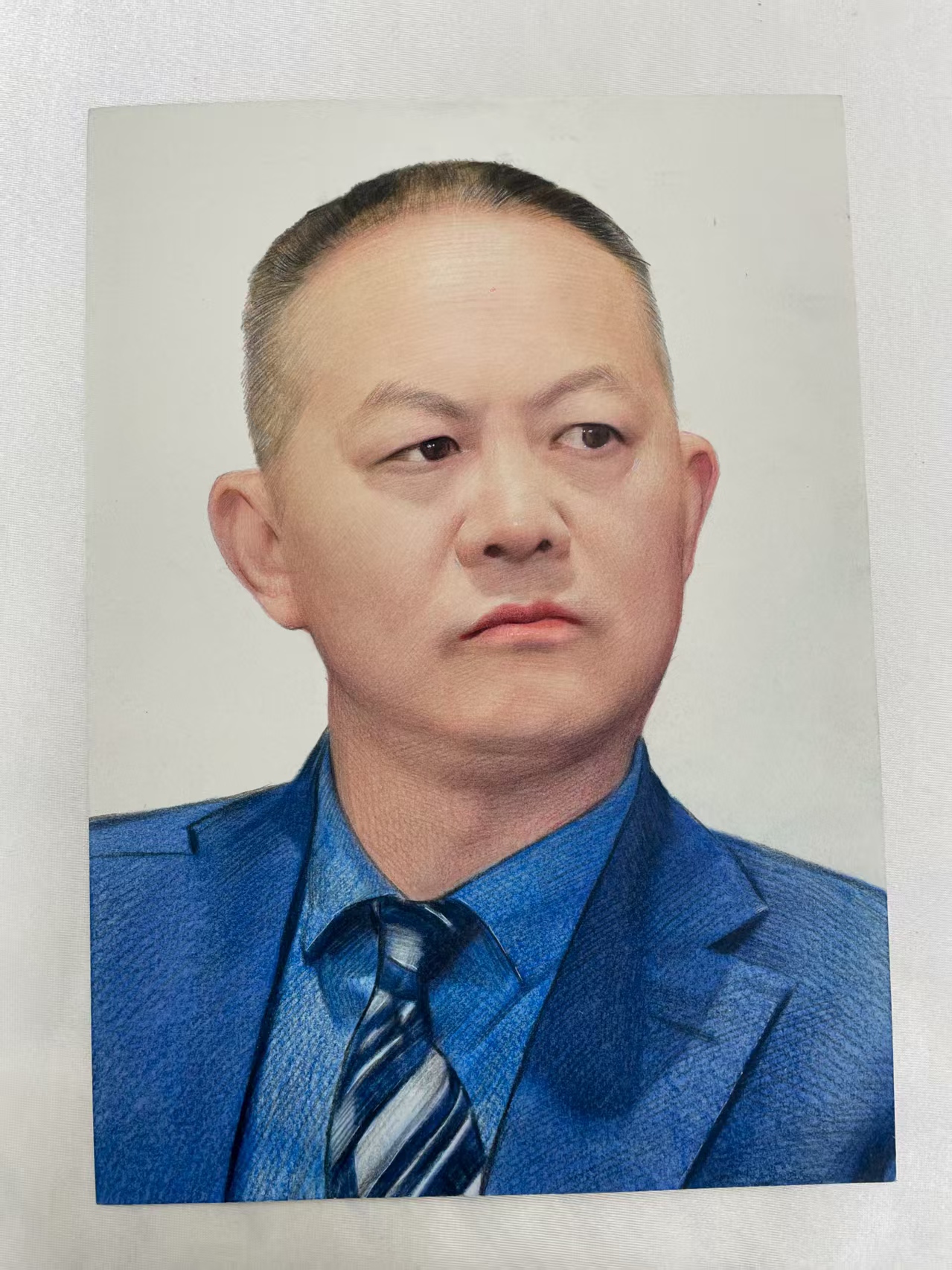

CAP 358B TOLO HARBOUR AND CHAN-法律法规_湾区律师网
CAP 358B TOLO HARBOUR AND CHAN-法律法规
2022-08-05 00:28:20 浏览:1080 来源:网络
【法规名称】 CAP 358B TOLO HARBOUR AND CHANNEL WATER CONTROL ZONE STATEMENT OF WATER QUALITY OBJECTIVES ...
【法规名称】
【法规编号】 79312 什么是编号?
【正 文】
CAP 358B TOLO HARBOUR AND CHANNEL WATER CONTROL ZONE STATEMENT OF WATER QUALITY OBJECTIVES
| (Cap 358, section 5) [18 June 1982] (L.N. 232 of 1982) Cap 358B TOLO HARBOUR AND CHANNEL WATER CONTROL ZONE STATEMENT OF WATER QUALITY OBJECTIVES The water quality objectives set out in the first column of the First Schedule have been established for the subzones defined in the Second Schedule set opposite such water quality objectives in the second column of the First Schedule. Cap 358B Sched 1 Water Quality Objective Subzone A. AESTHETIC APPEARANCE (i) Odours, taints and colours Waste discharges shall cause no noxious or offensive odour or offensive taint or colour in either waters or edible aquatic organisms in the subzone to be present in concentrations detectable by bioassay or organoleptic tests. (ii) Visible matter Waste discharges shall cause no visible foam, oil, grease, scum, litter or other objectionable matter in waters of the subzone. (i) Harbour subzone. (ii) Buffer subzone. (iii) Channel subzone. (i) Harbour subzone (ii) Buffer subzone (iii) Channel subzone B. BACTERIA The level of Escherichia coli should not exceed 610 per 100 mL, calculated as the geometric mean of all samples collected in one calendar year. (i) Secondary contact recreation subzone (ii) Fish culture subzones (L.N. 454 of 1991) C. CHLOROPHYLL-A Waste discharges shall not cause the level of chlorophyll-a in waters of the subzone to exceed 20 milligrams per cubic metre, calculated as a running arithmetic mean of 5 daily measurements for any single location and depth. Waste discharges shall not cause the level of chlorophyll-a in waters of the subzone to exceed 10 milligrams per cubic metre, calculated as a running arithmetic mean of 5 daily measurements for any single location and depth. Waste discharges shall not cause the level of chlorophyll-a in waters of the subzone to exceed 6 milligrams per cubic metre, calculated as a running arithmetic mean of 5 daily measurements for any single location and depth. Harbour subzone. Buffer subzone Channel subzone. D. DISSOLVED OXYGEN Waste discharges shall not cause the level of dissolved oxygen in waters of the subzone to be less than 2 milligrams per litre within two metres of the bottom, or to be less than 4 milligrams per litre in the remainder of the water column. Waste discharges shall not cause the level of dissolved oxygen in waters of the subzone to be less than 3 milligrams per litre within two metres of the bottom, or to be less than 4 milligrams per litre in the remainder of the water column. Waste discharges shall not cause the level of dissolved oxygen in waters of the subzone to be less than 4 milligrams per litre at any point in the water column. Harbour subzone Buffer subzone Channel subzone. E. LIGHT PENETRATION No changes in turbidity, suspended material, colour or other parameters arising from waste discharges shall reduce light transmission by more than 20 per cent of the normal level in the subzone at any location or any time. No changes in turbidity, suspended material, colour or other parameters arising from waste discharges shall reduce light transmission by more than 15 per cent of the normal level in the subzone at any location or any time. No changes in turbidity, suspended material, colour or other parameters arising from waste discharges shall reduce light transmission by more than 10 per cent of the normal level in the subzone at any location or any time. Harbour subzone Buffer subzone Channel subzone F. pH Waste discharges shall not cause the normal pH range of any waters of the subzone to be extended by greater than +/- 0.5 pH units at any time. Waste discharges shall not cause the normal pH range of any waters of the subzone to be extended by greater than +/- 0.3 pH units at any time. Waste discharges shall not cause the normal pH range of any waters of the subzone to be extended by greater than +/- 0.1 pH units at any time. Harbour subzone Buffer subzone Channel subzone G. SALINITY Waste discharges shall not cause the normal salinity range of any waters of the subzone to be extended by greater than +/- 3 parts per thousand at any time. (i) Harbour subzone (ii) Buffer subzone (iii) Channel subzone H. SETTLEABLE MATERIAL Waste discharges shall give rise to no bottom deposits or submerged objects which adversely influence bottom-living communities, alter the basic Harbour geometry or shipping channels, present any hazard to shipping or diving activities, or affect any other beneficial use of the waters of the subzone. (i) Harbour subzone (ii) Buffer subzone (iii) Channel subzone I. TEMPERATURE Waste discharges shall not cause the natural daily temperature range in waters of the subzone to be extended by greater than +/- 1.0℃ at any location or time. The rate of temperature change shall not exceed 0.5℃ per hour at any location, unless due to natural phenomena. (i) Harbour subzone (ii) Buffer subzone (iii) Channel subzone J. TOXICANTS Waste discharges shall not cause the toxicants in waters of the subzone to attain such a level as to produce significant toxic effects in humans, fish or any other aquatic organism, with due regard to biologically cumulative effects in food chains and to toxicant inter- actions with each other. |
- 上一页
- 1
- 2
- 下一页

高级合伙人 王博律师
广东华商律师事务所
知识产权,合同纠纷,经济纠纷,医疗纠纷,房产纠纷,公司风控,企业顾问等
曾任中南财经政法大学知识产权研究中心研究员、武汉市江汉区司法局副局长、民革江汉区工委副主委等。现任华商律师事务所高级合伙人、香港律师会登记备案律师、香港张嘉伟律师事务所中国法首席顾问,多地仲裁员。兼任:武汉大学研究员、研究生校外导师,西北政法大学客座教授、研究生校外导师,中南财经政法大学知识产权(学院)研究中心研究员,南京理工大学/江苏商标品牌研究中心研究员,暨南大学、深圳大学等高校法学院研究生校外导师,深圳市知识产权专家库专家,佛山市知识产权侵权检验鉴定专家库专家,秦皇岛市知识产权专家库专家等。 擅长:知识产权、婚姻继承、合同纠纷、公司事务等民商事业务争端解决及刑事辩护,尤其擅长各类刑民交叉等疑难复杂案件的诉讼业务,对重大疑难案件的解决方案具有丰富经验。评论区
共 0 条评论
- 这篇文章还没有收到评论,赶紧来抢沙发吧~
